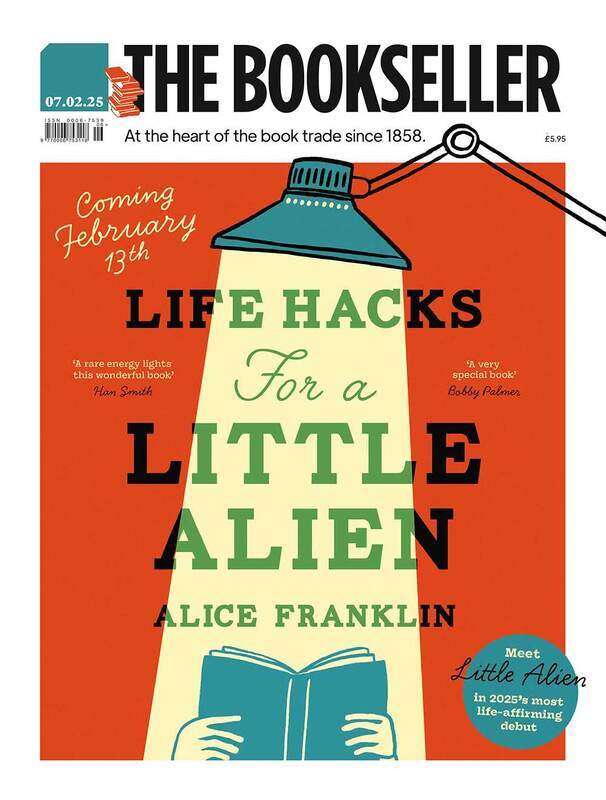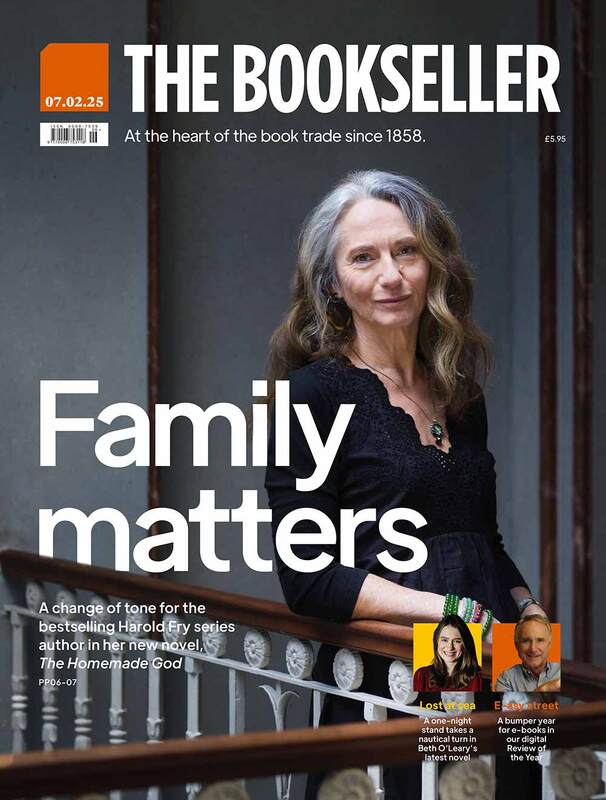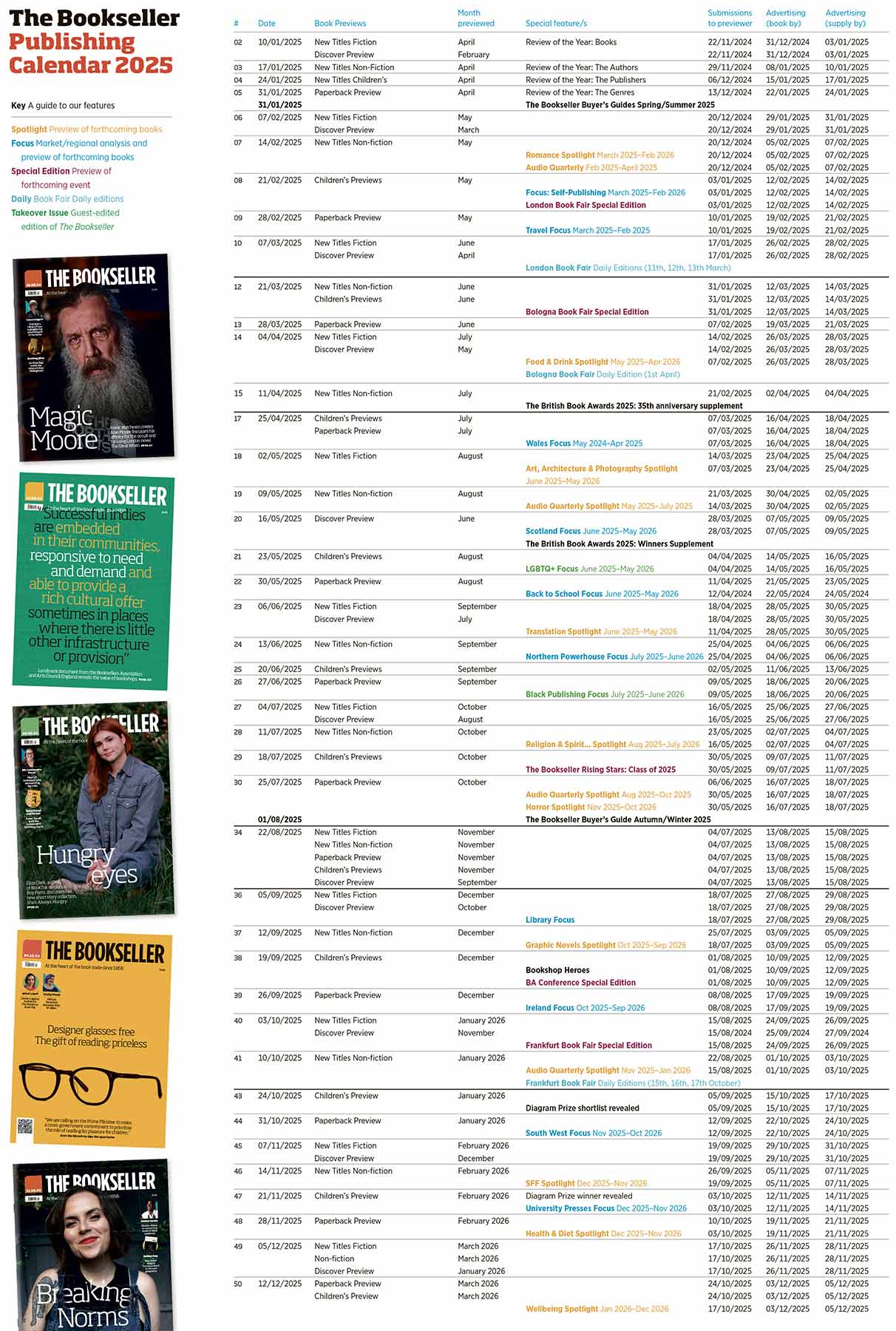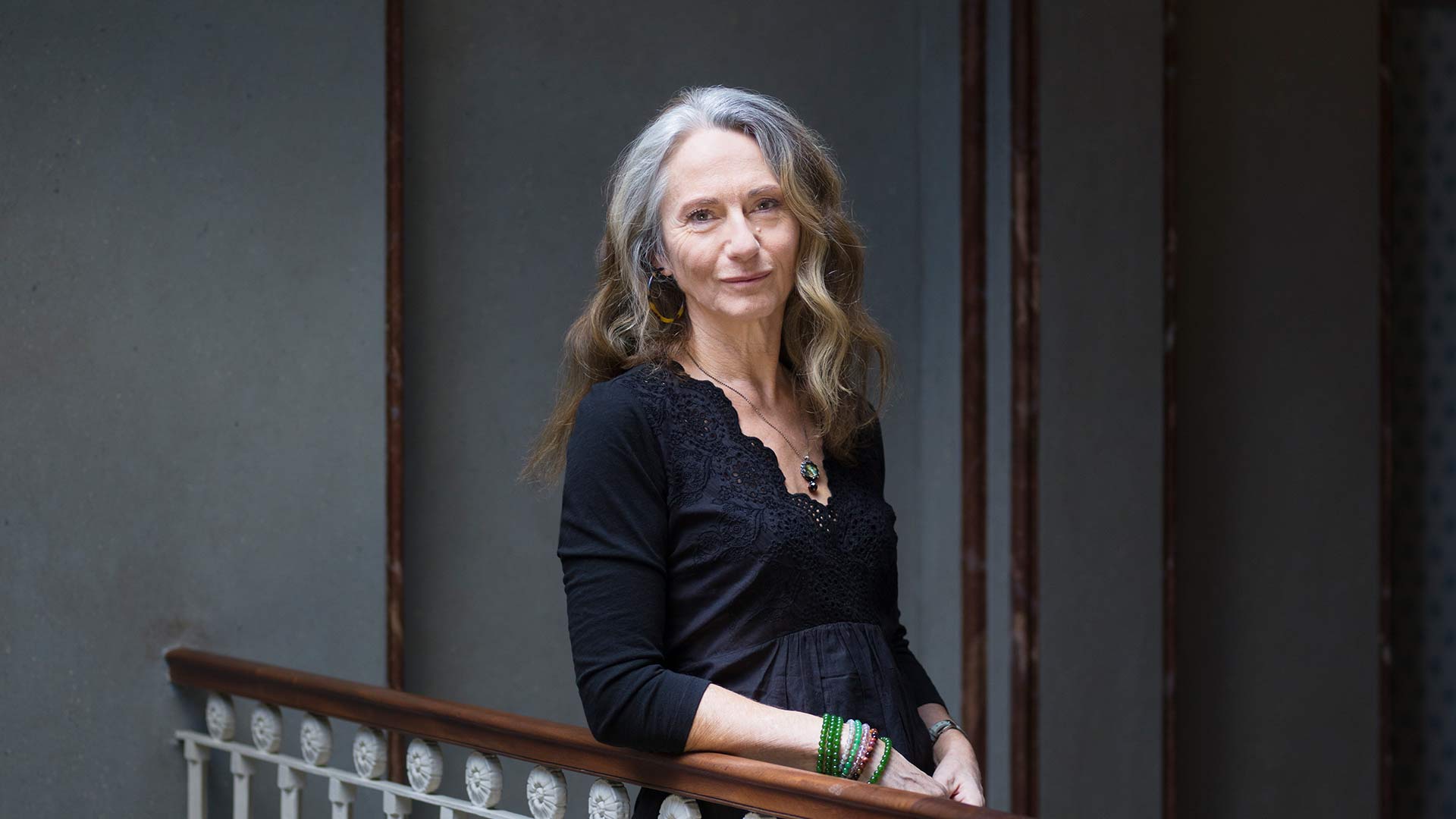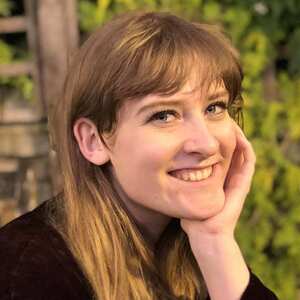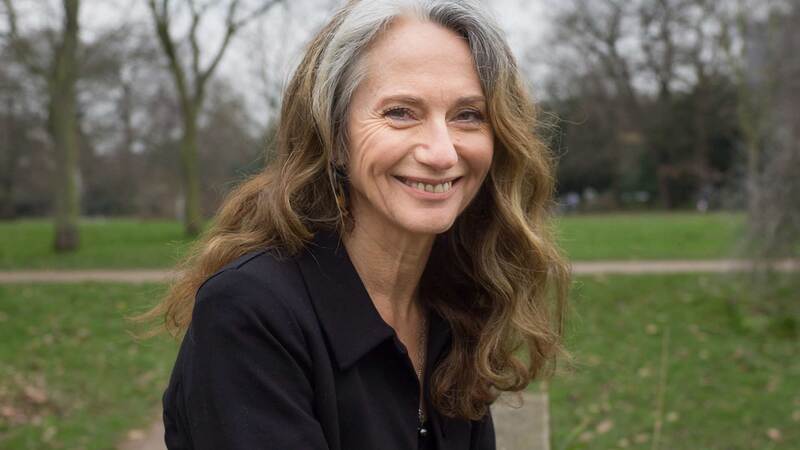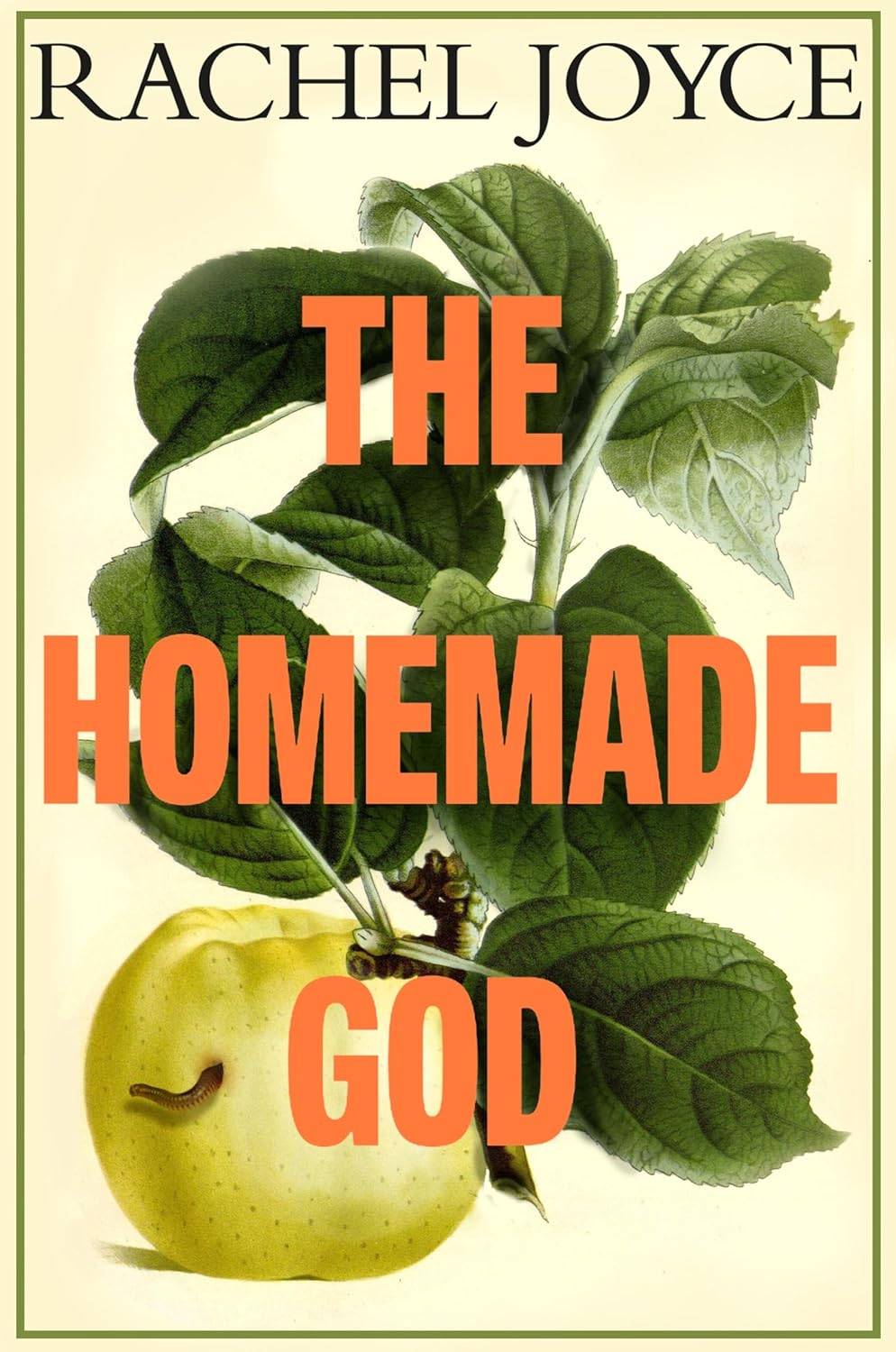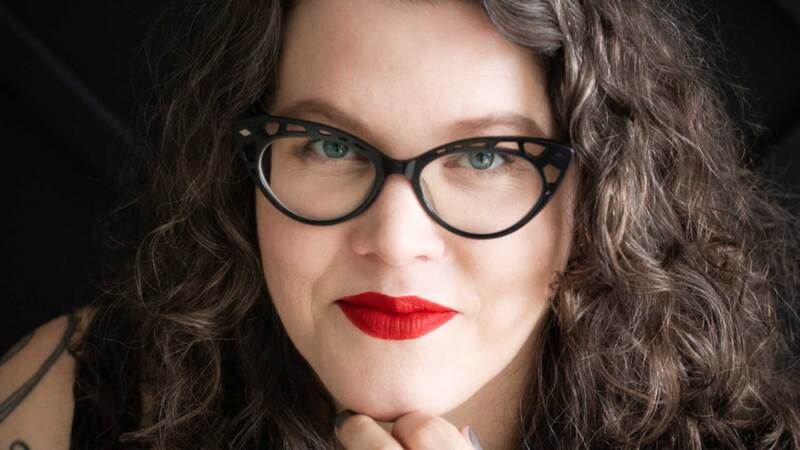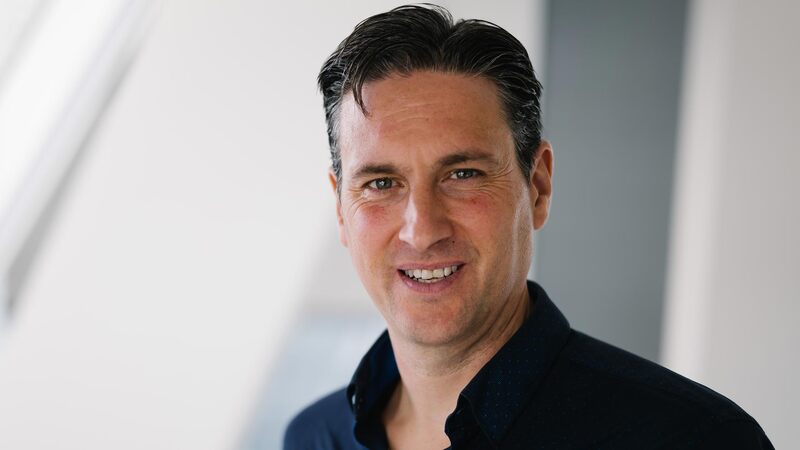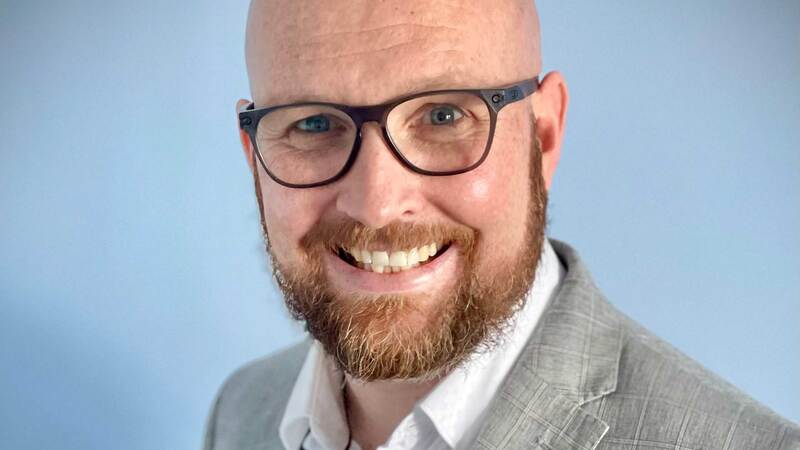You are viewing your 1 free article this month. Login to read more articles.
Rachel Joyce on charting a new direction, writing about sibling relationships and exploring patriarchy
The author of the Harold Fry trilogy discusses her new novel, The Homemade God.
At the heart of Rachel Joyce’s suspenseful new novel The Homemade God is enigmatic artist Bella-Mae, who, for much of the novel, is always just out of sight. Or, depending on how you look at it, one step ahead.
When larger-than-life patriarch and famous artist Vic takes his four children – Goose, Netta, Iris and Susan – out for a meal to tell them about his new, much younger lover, it is unclear whether she had been in the restaurant the whole time too; glimpsed, or not, as a passing silhouette. Later, when Goose is at his father’s studio, Bella-Mae is in a cab waiting outside, but is not seen. With shades of Daphne du Maurier’s My Cousin Rachel, Bella-Mae’s mysterious absence, and presence, loom large as the siblings desperately try to grasp who she is: a grifter? Muse? Manipulator? Influencer? Without even a last name, the only thing they know for sure is that she has “thick black hair”.
I wanted to write about what I see as that period of lawlessness within families that can happen, not just with the death of a parent but around any kind of traumatic or unanticipated event
“I remember seeing Mark Rylance playing Hamlet, and he delivered ‘to be or not to be’ with his back to the audience at the top of the stage,” Joyce tells me when we meet in London. “It was like he made the decision not to do the thing that everybody expects you to do and is waiting for you to do... I felt the same about Bella-Mae. To use the anticipation of the reader, use all the kinds of associations we bring to the idea of a young stepmother who’s just married a rich man. Let’s just have them all there, give each of them a little bit of fire. They’re all possible.” The lake by Vic’s villa in Piedmont, Italy, is core to the novel as a symbol of multiple reflected, projected, realities. “The book doesn’t say what the truth is, because it’s about the artist’s truth, which is not necessarily a linear truth, but an impression, a reflection,” Joyce explains, saying of the siblings: “Throughout the book, [the lake] is reflecting back at them.”
Soon after Bella-Mae and Vic marry in Piedmont, tragedy strikes. With Vic dead and both the masterpiece he had supposedly been working on and Bella-Mae nowhere to be seen, the siblings’ suspicions reach fever pitch and they head out to find answers. “I wanted to write about what I see as that period of lawlessness within families that can happen, not just with the death of a parent [but around] any kind of traumatic or unanticipated event, when everything you accept and the patterns that you have known since you were children are suddenly thrown up in the air, where it leaves everybody fighting for survival on a subterranean level,” Joyce says, adding that she also “wanted to think about the patriarchy: what is it? And what is its effect? Why is it maintained?”
With Vic’s death, the siblings are forced to reckon with their mythologisation of him, the pedestal they placed him on and the way he has shaped both their identities and their relationships to one another. “The fallout was the bit that was always going to interest me, and how they get to it, and that was where Bella-Mae came in,” Joyce explains. “Who is she? Is she their projection? Is she really manipulating everything? Not just how much do we know one another, but how much do we know an outsider? How much do we know ourselves in relation to that outsider?”
The novel is a gear change for Joyce, who wanted to explore the complicated, historied dynamics of siblings. “In terms of writing in a new direction, I really knew in finishing the Harold Fry trilogy – and I don’t mean to put it down, not at all – but that was no longer available to me as a way of writing. It had reached a very natural conclusion, and a really good one. But I wanted to be free to write in a way that reflects who I am now. Also the world has changed so much, and I still don’t really see how as a writer you can’t be affected by what is happening around you. I feel I’m on a journey now [and] that as a writer, I don’t want to keep doing the same thing. [With The Homemade God] I felt my take on things had changed, and that what interested me was to look at family dynamics. [So far], all my characters, pretty much, have been only children.”
Joyce wanted to take one family and “look in and in and in”. “I’m one of three sisters, and I think that we’re lucky because we have a very loving relationship, but I know it’s complex, and the same with my children – I can see how complex it is. So I just really wanted to get in there,” she says. Joyce envisions Bella Mae’s art as “a reflection of what she sees in the moment”, as opposed to Vic’s art, which is “not selfless” and “about him”. “[His is a] very outdated, masculine way of viewing art and women and love,” she explains, and his children are “children of that energy” and “bound in this hideous projection”.
“They are in it, and to pull that apart when you’re in it requires strength that they don’t have, because they actually don’t have the ego stamina as people. Even though Netta is so ferocious, inside she’s never developed. None of them have really developed,” she explains. “[With Vic’s death] it’s like the room gets turned upside down, but then they’re trying to hang on to their old ways of doing things in order to navigate their way through it. And it’s only Bella-Mae’s entrance that [results in] all their old coping mechanisms thrown up into the air. They are beginning to use bits of themselves that are so new and soft and foldable, they don’t even know what they are yet.” In The Homemade God, Joyce asks: “Is there a way through it? Is there a way out of it? How do you deal with that sudden, complete reversal of how you perceive yourself and [someone else]?” As for the answers, and who exactly Bella-Mae really is, the reader will have to decide for themselves.

